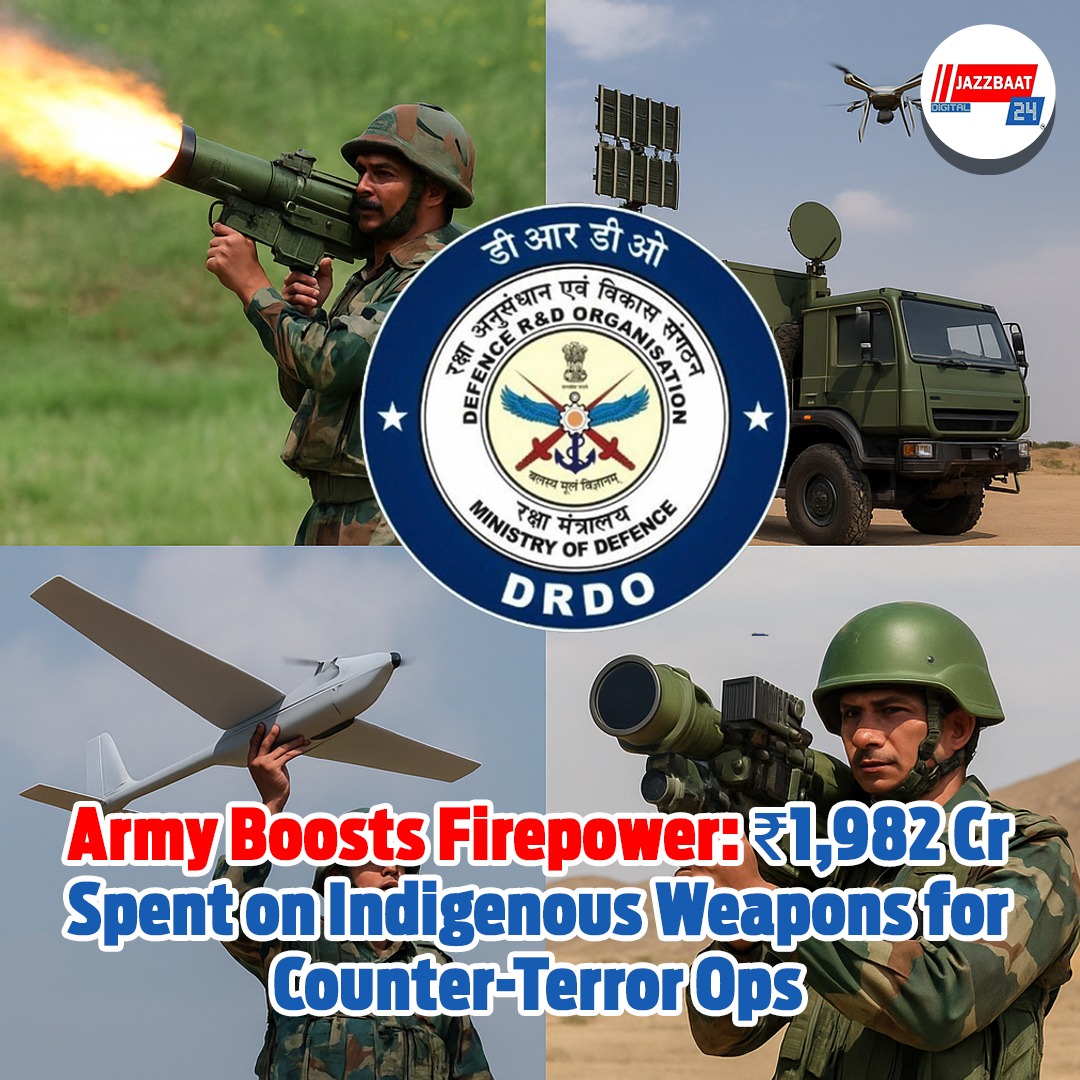
Dipanjan Mondal
24 June, 2025:
In a powerful step to boost the Indian Army’s counter-terrorism capabilities, the Ministry of Defence has signed thirteen key contracts. The ministry has concluded thirteen contracts under the Emergency Procurement (EP) mechanism.
The ministry executed this process through fast-track procedures under the EP mandate. The procurement aims to enhance situational awareness, lethality, mobility, and protection for troops deployed in CT environments. The acquisitions were completed within compressed timelines to ensure rapid capability augmentation.
"These contracts, amounting to Rs 1,981.90 crore, have been finalised against an overall sanctioned outlay of Rs 2,000 crore for the Indian Army," the ministry said.
Key equipment being procured includes:
• Integrated Drone Detection and Interdiction Systems (IDDIS)
• Low Level Lightweight Radars (LLLR)
• Very Short Range Air Defence Systems (VSHORADS)- Launchers and Missiles
• Remotely Piloted Aerial Vehicles (RPAVs)
• Loitering Munitions, including Vertical Take-Off and Landing (VTOL) systems
• Various categories of drones
• Bullet Proof Jackets (BPJs)
• Ballistic Helmets
• Quick Reaction Fighting Vehicles (QRFVs) – Heavy and Medium
• Night Sights for Rifles
In a statement, the ministry said, “These procurements reflect the Ministry’s commitment to equipping the Indian Army with modern, mission-critical, and completely indigenous systems to meet emerging security challenges. The EP route continues to be a key enabler in bridging urgent capability gaps and ensuring timely induction of vital operational equipment.”
On the other hand, the Defence Research and Development Organisation has offered 28 of its designed and developed weapon systems to the three services for emergency procurement. This comes at a time when the indigenous weapons performed well during India's military retaliation, Operation Sindoor, against the Pahalgam terror attack.
"The premier defence research agency has submitted the list to the defence ministry and includes rockets, air-to-air missiles, air-to-ground missiles, laser-guided bombs, torpedoes, shoulder-fired air defence and anti-tank missiles, helicopter-launched and ground-launched Nag missiles, Rudram anti-radiation missiles, Naval anti-ship missiles and grenades," defence officials told a news agency.
The DRDO has been the main developer of weapons in the Indian system, and its BrahMos supersonic cruise missiles, MRSAM air-edge fence missile systems, and Akash air-edge fence systems have performed very well in defeating Pakistani attacks during Op Sindoor.